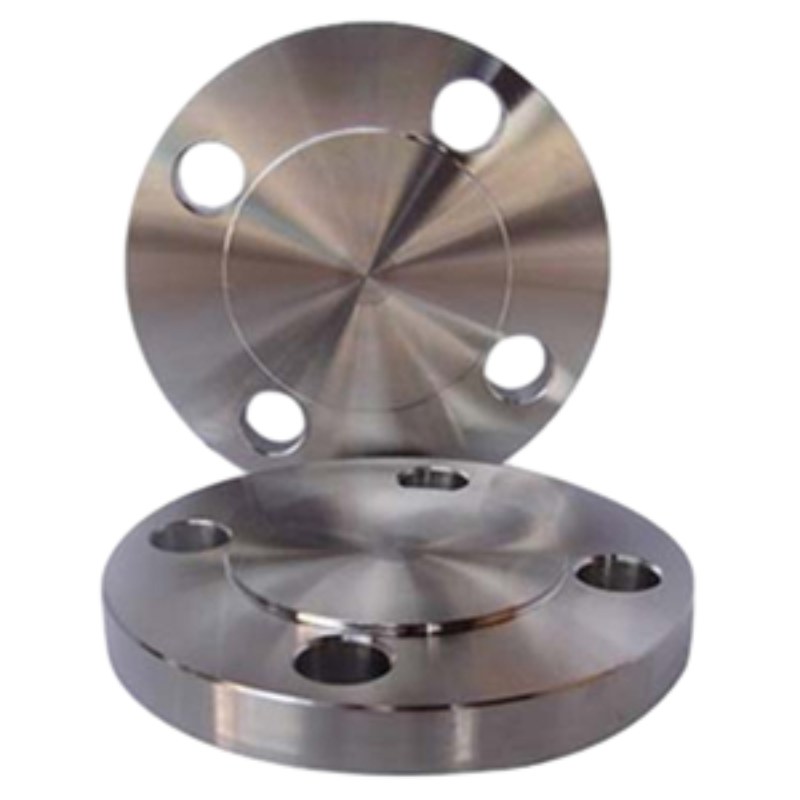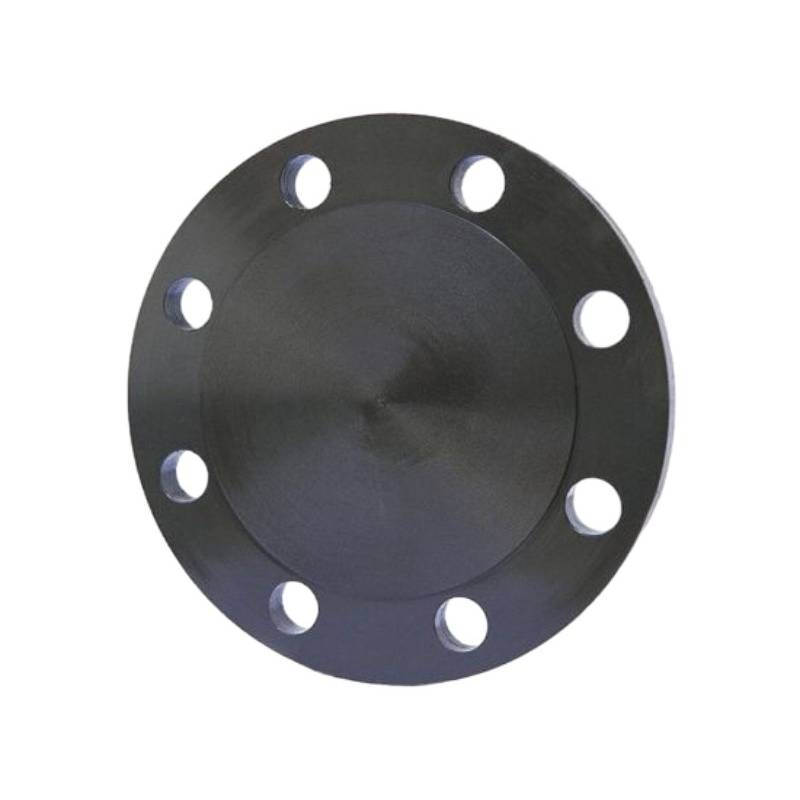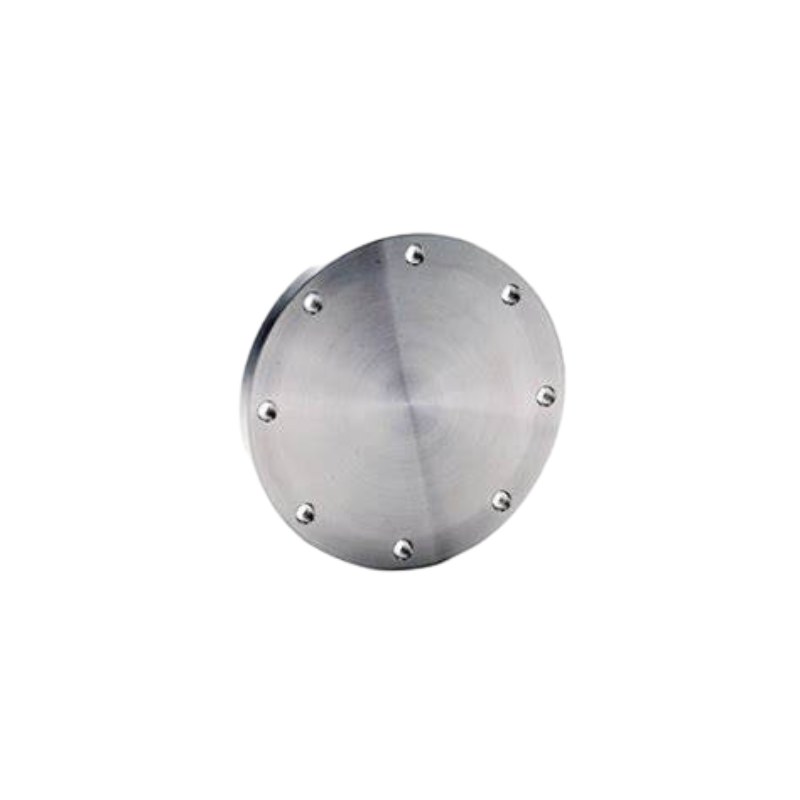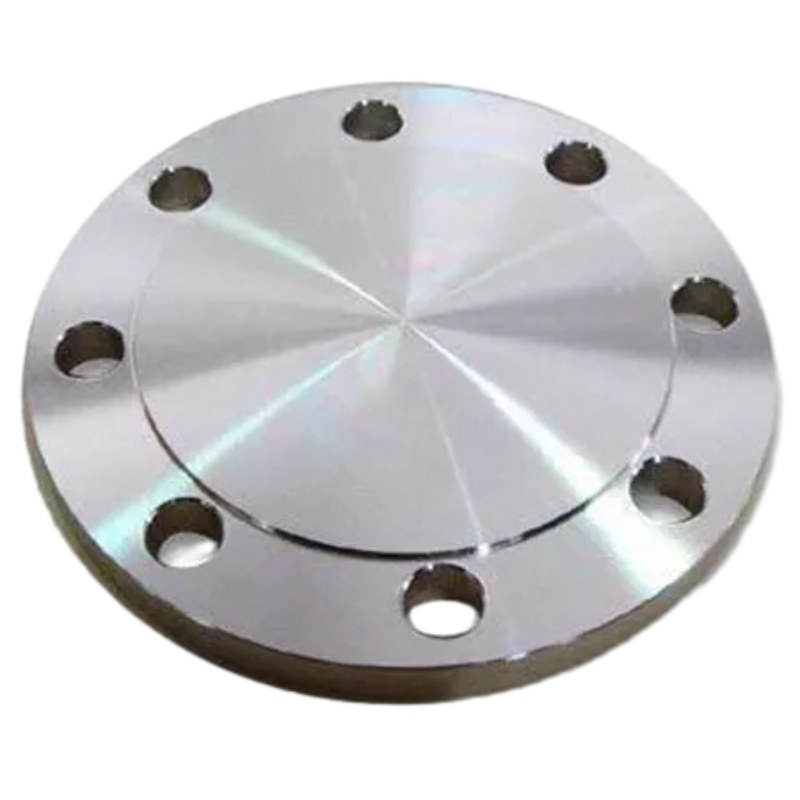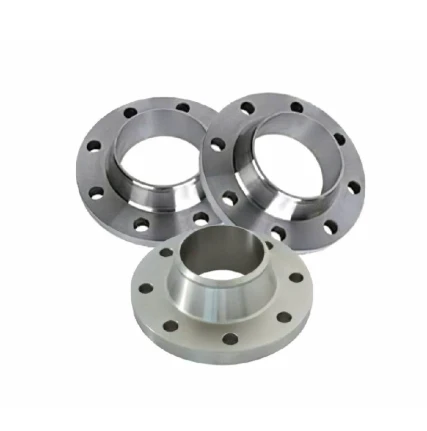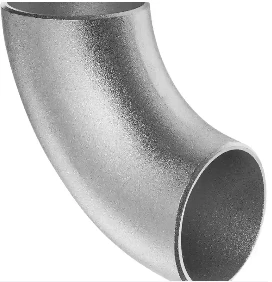-
견고한 디자인: GOST 12836-67 블라인드 플랜지는 둘레에 균일한 간격의 볼트 구멍이 있는 평평한 원형 플레이트가 특징입니다. 이 설계를 통해 결합 플랜지에 쉽게 정렬하고 볼트로 고정할 수 있어 배관 시스템을 위한 견고하고 안정적인 폐쇄 솔루션을 제공합니다.
-
안전한 밀봉: 파이프 끝에 설치하면 GOST 12836-67 블라인드 플랜지의 평평한 면이 단단히 밀봉되어 유체 누출을 방지하고 배관 시스템의 무결성을 유지합니다. 이 안전한 밀봉 기능은 극한의 작동 조건에서도 최적의 성능과 안전성을 보장합니다.
-
다양한 용도: 석유 및 가스 정제소부터 화학 처리 공장 및 물 분배 네트워크에 이르기까지 GOST 12836-67 블라인드 플랜지는 다양한 산업 분야에서 다양하게 적용됩니다. 격리 목적, 압력 테스트 또는 임시 폐쇄 용도로 사용되는 이 플랜지는 중요한 배관 시스템에 신뢰성과 내구성을 제공합니다.
-
튼튼한 건축: 탄소강, 스테인리스강 또는 합금강과 같은 고품질 재료로 제작된 GOST 12836-67 블라인드 플랜지는 탁월한 강도와 내구성을 나타냅니다. 부식성 환경, 고온, 강한 압력 등 혹독한 작동 조건을 견딜 수 있도록 설계되어 장기적인 성능과 신뢰성을 보장합니다.
-
정밀 엔지니어링: GOST 12836-67 블라인드 플랜지는 엄격한 치수 공차 및 표면 마감 요구 사항을 충족하기 위해 정밀 가공 및 엔지니어링 공정을 거칩니다. 이러한 정밀도는 다른 표준 플랜지와의 호환성 및 상호 교환성을 보장하여 배관 시스템에 원활하게 통합되고 누출 또는 고장 위험을 최소화합니다.
-
설치 용이성: GOST 12836-67 블라인드 플랜지 설치는 효율적이고 간단하며 파이프 끝단에 간단한 정렬과 볼트 체결이 필요합니다. 표준화된 치수와 설계 덕분에 기존 배관 네트워크에 쉽게 통합할 수 있어 설치 시간과 인건비가 최소화됩니다.
주요 특징들:
- 안전한 잠금을 위한 견고한 디자인
- 평면 디자인으로 안전한 밀봉
- 산업 전반에 걸쳐 다양한 적용 가능
- 장기적인 성능을 위한 내구성 있는 구조
- 엄격한 공차를 위한 정밀 엔지니어링
- 간단한 정렬 및 볼트 체결로 설치 용이
Material Selection for GOST 12836-67 Blind Flanges: What You Need to Know
When it comes to GOST 12836-67 blind flanges, selecting the appropriate material is crucial for ensuring functionality, safety, and longevity in various applications. GOST standards, established by the Euro-Asian Council for Standardization, Metrology and Certification, guide the specification of materials to maintain the integrity of piping systems.
Key Considerations for Material Selection:
1. Corrosion Resistance: One of the primary factors in choosing a material for GOST blind flanges is its ability to resist corrosion. Stainless steel (such as 304, and 316) is a popular choice due to its excellent resistance to oxidizing environments. For applications involving aggressive chemicals, alloys like Inconel or Monel are often considered.
2. Pressure and Temperature Rating: GOST blind flanges need to be rated for the specific pressure and temperature conditions they will face. Material selection must align with the service conditions to avoid failure. For high-pressure applications, carbon steel flanges can be suitable, provided they are properly treated or coated.
3. Weldability and Machinability: Depending on installation requirements, the selected material should offer appropriate weldability and machinability. If modifications or on-site fabrication are necessary, choosing materials that can be easily welded is essential.
4. Standards Compliance: Ensure that the materials selected comply with all relevant GOST standards. This not only guarantees quality but also maintains compatibility within the piping system.
5. Cost-effectiveness: While material selection should prioritize performance and safety, cost considerations also play a significant role, especially in large-scale projects. Finding a balance between budget and quality is essential.
Differences Between GOST 12836-67 Blind Flange and Other Flange Standards
When comparing the GOST 12836-67 blind flange with other flange standards, several key differences emerge that reflect the unique characteristics and applications of the Russian standard. The GOST (Gosudarstvennyy Standart) system is a set of regulations and guidelines that govern various industrial products, including blind flanges, which are used to seal off piping systems.
One of the primary differences lies in the dimension and pressure rating classifications. GOST 12836-67 blind flanges are specifically designed according to Russian specifications, with dimensions that may differ significantly from those outlined in ANSI, ASME, or ISO standards. For instance, while ANSI/ASME flanges are typically categorized into nominal pipe sizes (NPS) and pressure classes, GOST flanges feature a unique set of sizes and pressure ratings, making it essential for engineers to select the appropriate type based on regional standards.
Another notable difference is the material composition. The GOST standard emphasizes the use of specific materials that are suited for the harsh Russian climate and industrial requirements. While common materials such as carbon steel and stainless steel are also used in other standards, GOST may specify additional material grades to accommodate unique environmental challenges, including extreme temperatures and corrosive conditions.
Additionally, the manufacturing and testing processes for GOST 12836-67 blind flanges are subject to local industry regulations, which might include stricter quality assurance protocols compared to other international standards. This ensures that the flanges not only meet dimensional specifications but also effectively withstand the pressures and temperatures expected in typical applications within Russia.
In summary, while GOST 12836-67 blind flanges share similarities with other flange standards, their unique dimensions, material requirements, and quality assurance processes set them apart. Understanding these differences is crucial for engineers and designers when selecting flanges for specific applications in diverse geographical locations.






